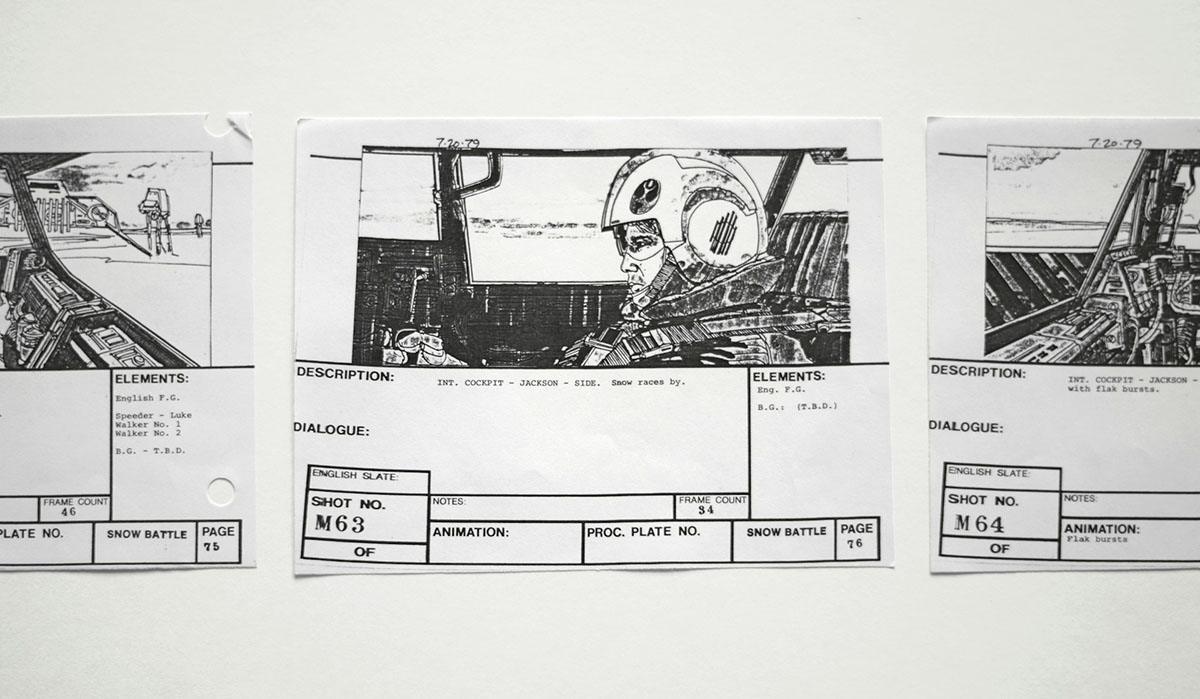
The Art of Storyboarding: Bruno Amezcua’s Process for Crafting Compelling Stories
Storyboarding is an essential tool in the creative process, helping to visually organize and plan narratives. Whether in film, video games, or animation, storyboarding provides a clear understanding of the project’s flow and key events, ensuring that all team members are aligned with the vision. As Bruno Amezcua discusses, as technology advances, the tools and applications of storyboarding continue to evolve, increasing its accessibility and use across media.
Basics of Storyboarding
Storyboarding is the process of creating a visual representation of scenes in a story, often drawn on panels similar to comic strips. This helps directors, animators, and teams visualize the narrative flow and make necessary adjustments before final production. The concept of storyboarding originated in the film industry but has since expanded its usefulness in various fields to streamline project workflows and improve communication..
The effectiveness of a storyboard depends on its ability to convey the essence of a story clearly and vividly. In the context of animation, a storyboard allows animators to experiment with different sequences without the high costs associated with production, saving time and resources while increasing collaboration. By visually laying out a project, everyone involved gains a better understanding and can more effectively contribute to the project’s ultimate success..
Components of a Storyboard
The foundation of any compelling storyboard is its ability to communicate narrative through keyframes, visual annotations, and a consistent sequence. Keyframes illustrate the most crucial moments in the narrative, capturing the essence of the scene in a single frame. This visual synopsis allows storytellers to focus on key plot points, ensuring that the core message is communicated effectively. The annotations that accompany these frames provide guidance on camera angles, lighting, and character emotions to guide animators during production.
Ensuring continuity within the storyboard is paramount. This aspect of storyboarding maintains the logical flow of the narrative, seamlessly connecting scenes and avoiding jarring transitions that can distract the viewer. Continuity helps maintain audience engagement and is crucial for complex storylines with multiple characters or intricate plots.
Creating Your Storyboard: A Practical Guide
The first step in storyboarding is conceptualization, where ideas are brainstormed and the story begins to take shape. During this phase, it’s crucial to outline the narrative arc and decide on the important events of the story. This often involves a lot of back-and-forth discussion and revision, which lays a strong foundation for the visual presentation.
Next, the sketching process brings the ideas to life. Simplicity is key here; detailed artwork is not necessary, as the goal is to outline the scenes and understand the flow of the narrative. Once the basic sketches are laid out, the storyboard can be refined. This refinement may involve adding detailed annotations, adjusting the composition of the frames, or enhancing the visual elements to better convey the intended emotions and actions.
Throughout the process, it’s helpful to remember common pitfalls, such as overcrowding frames with too much detail, which can lead to confusion rather than clarity. Advice from experienced storyboard artists suggests starting with broad strokes and gradually adding details as the story develops.
Technological Tools and Traditional Resources
Storyboarding uses a variety of tools to facilitate the creation process, from traditional pencil and paper to advanced digital software. While traditional methods are often considered outdated, they provide an experience that many artists find invaluable in sparking creativity.
Conversely, digital tools such as Storyboard Pro or Adobe Animate offer features that streamline the editing process and allow teams to easily share and collaborate. These technological tools also allow creators to incorporate motion and sound into their storyboards, which can be particularly useful when planning dynamic sequences for movies and video games.
Storyboard Applications Across Different Media
The value of storyboarding extends beyond the silver screen and animation studios to fields such as video games. In video games, storyboards are used to plan both narrative elements and interactive sequences to ensure a cohesive gameplay experience that follows the storyline.
Exploring the Future and Case Studies
Looking to the future, storyboarding is likely to be influenced by advances in virtual and augmented reality. These technologies have the potential to transform traditional storyboarding into a more immersive planning tool, allowing creators to explore their narratives in three-dimensional spaces.
In addition to technological developments, the study of previous success stories remains paramount. Analyzing how successful series have been storyboarded provides valuable lessons in compelling visual storytelling that can be applied to various projects.
Photo: Matt Popovich, Unsplash








